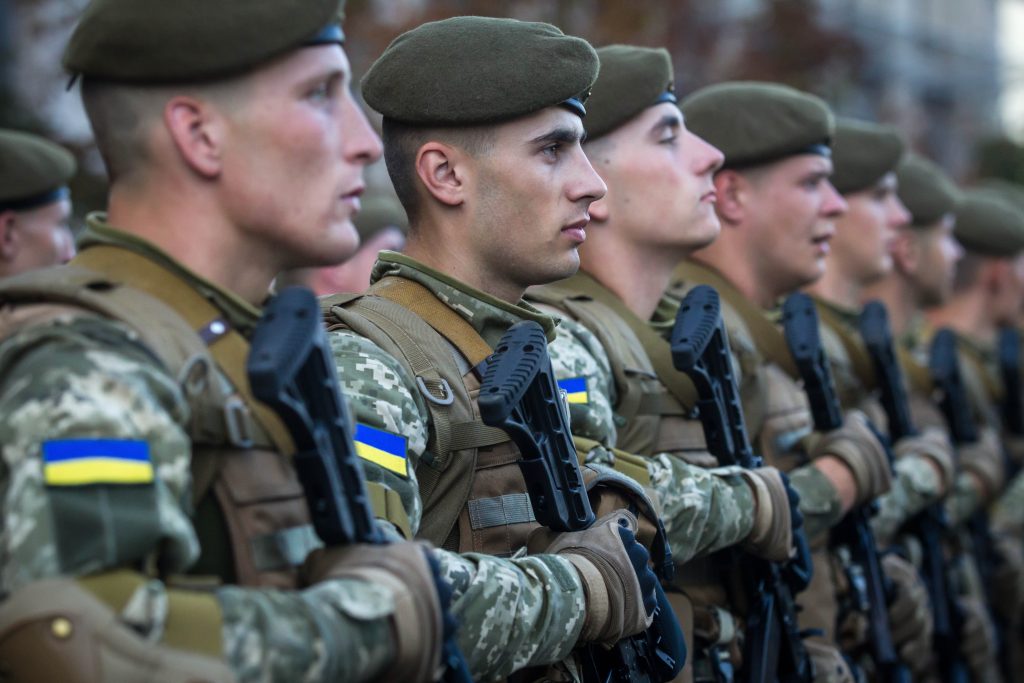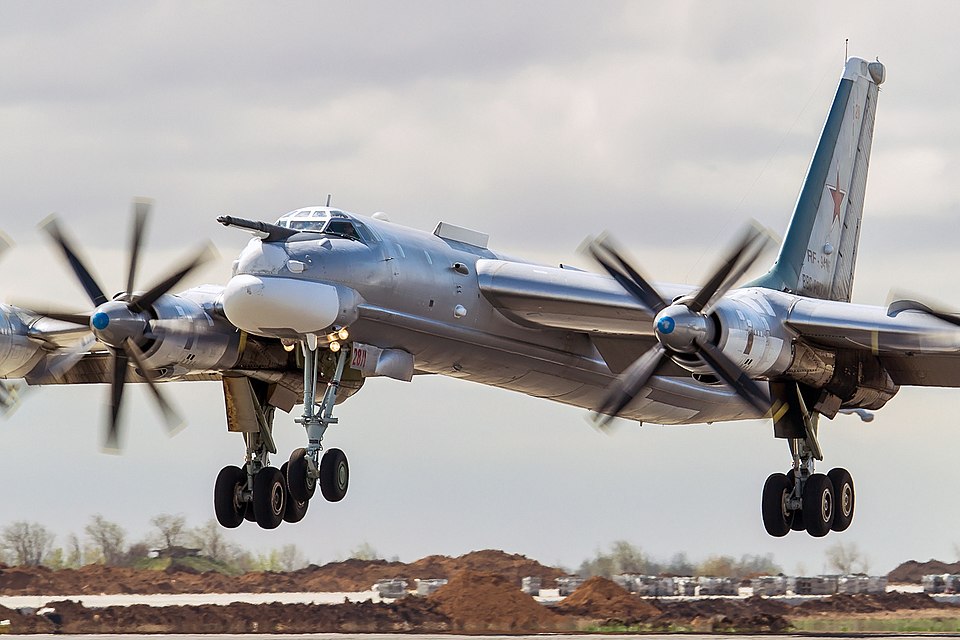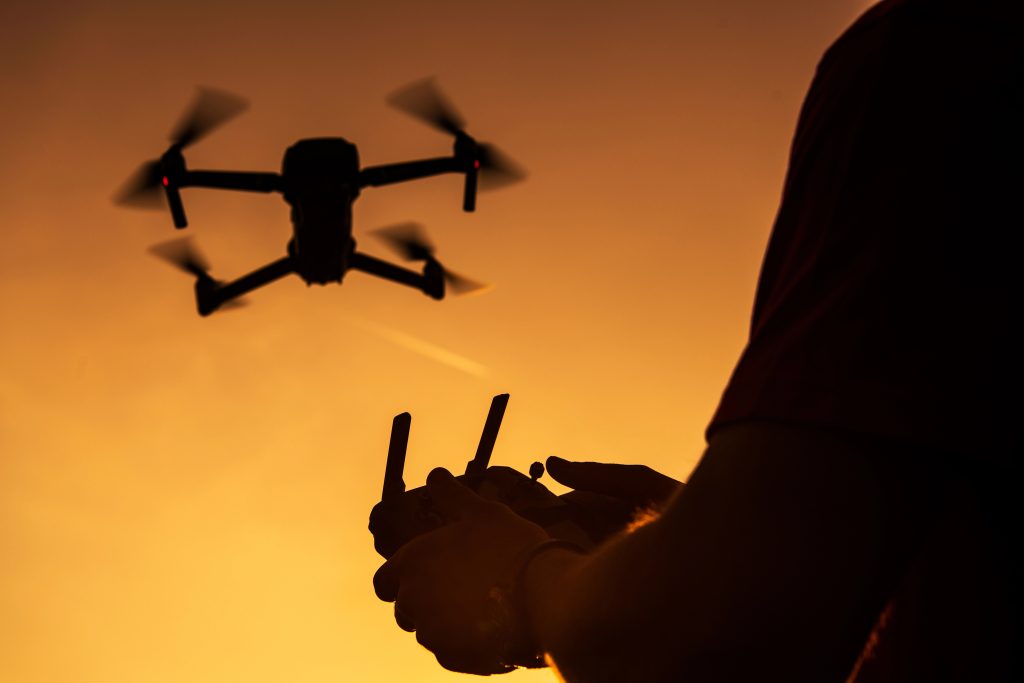
In the early hours of June 1, 2025, a fleet of small, solar-charged quadcopters emerged from the roofs of inconspicuous wooden cabins parked near four Russian air bases. Within minutes, more than 40 high-value aircraft including nuclear-capable bombers and airborne early warning planes were in flames. Ukraine’s “Operation Spiderweb” was not just a tactical success; it was a masterclass in blending covert logistics, advanced drone engineering, and asymmetric warfare.

1. Smuggling Strategies Tapped from Cartels
Ukraine’s Security Service (SBU) chief Vasyl Malyuk disclosed that the operation’s planning was taken from intergovernmental drug trafficking strategies. “We used our experience in combating transnational crime, when we learned in detail how international drug cartels distribute different forbidden substances… without customs and border services detection,” he explained. Ukrainian officials set up a false Russian logistics firm, bought five trucks, and leased warehouses including one in the same city block as the FSB building in Chelyabinsk. Corrupt Russian customs officers, whom Malyuk called “very corrupt,” became unwitting co-conspirators, clearing sanctioned material such as battery stations into Russia.

2. Hidden Launch Platforms
The drones were concealed within prefabricated “hunting cabins” on trucks. The mobile shelters were autonomous, with EcoFlow batteries and solar panels to be ready even in -40°C Arctic environments. The roofs of the cabins could be opened remotely, enabling drones to take off directly from inside, avoiding exposure to Russian air defense. The design was akin to military cargo drone logistics self-sustaining, mobile, and able to operate in hostile environments without the requirement of fixed infrastructure.

3. Engineering the Strike Drones
The SBU developed special FPV quadcopters for the mission, each loaded with a 1.6 kg dual-charge warhead that had a cumulative-explosive impact designed to destroy aircraft fuselages and ignite internal fuel or ordnance. Various modes of communication provided protection against jamming. Some of the drones included AI-supported targeting, employing machine vision models pre-trained on structural models of Tu-95MS, Tu-22M3, and A-50 aircraft to recognize vulnerabilities like underwing pylons and fuel seams.

4. Command, Control, and AI Integration
The drones were remotely flown by operators through Russian 4G/LTE networks, transmitting video and control signals via ArduPilot-based autopilot systems that were integrated with small onboard computers. This design provided stable flight even in high-latency environments. AI modules offered autonomous waypoint navigation and final-approach targeting guidance, so precision strikes could be made even if communications were lost.

5. Penetrating Deep into Russian Territory
The scope of the operation was unparalleled: the targets were Olenya Air Base in Murmansk Oblast, 1,900 km from Ukraine, and Belaya Air Base in Irkutsk Oblast, more than 4,000 km away. Operating from locations just outside the bases gas stations, laybys along roads allowed the drones to fly over layered defenses such as Pantsir and S-300 systems. This strategy took advantage of the “air littoral” zone, flying below radar while remaining outside infantry range.

6. Strategic and Economic Impact
Kyiv estimates that the attack ruined or damaged about one-third of Russia’s strategic bomber force, costing $7 billion in damages. Targeted platforms Tu-95, Tu-160, Tu-22M3, and A-50 are the core of Russia’s long-range strike and nuclear deterrent capabilities. Asymmetry of costs was stark: each drone cost less than $3,000, and one Tu-160 costs $250 million.

7. Russian Countermeasures
Afterwards, satellite imagery verified Russia building hardened aircraft shelters with dome roofs, blast doors, and in some instances, earth cover for shrapnel protection at air bases such as Millerovo and Kursk Vostochny. Decoy aircraft were painted, and bombers were covered with tires to deceive optical targeting. The success of these changes is unclear, but they are a huge diversion of manpower and resources away from front-line missions.

8. An Asymmetric Warfare Template
Operation Spiderweb proved sanctuaries in rear areas no longer safe. By inserting launch platforms covertly within the target state, Ukraine obviated the necessity for long-range missile attacks and the high rates of interception for cruise missiles. The operation’s low-cost, high-effectiveness, modular model can be replicated against other strategic targets missile storage facilities, drone assembly plants by any entity with the capability for covert insertion and distant UAV control.

9. Implications of Global Drone Warfare
The combination of clandestine logistics, AI-targeting, and mobile launch sites demonstrated in Spiderweb will have a likely impact on global military UAV strategy. For planners, it reinforces the requirements for networked counter-UAS defenses, hardened infrastructure, and dispersed basing. For the UAS industry, it emphasizes the value proposition for scalable, autonomous systems in high-threat environments, and the requirements for anti-jamming and secure comms for mission assurance.
The SBU’s 18-month campaign carried out using unwitting civilian motorists, cloaked cargo, and local drone technology remodelled the Russia-Ukraine conflict’s strategic airpower paradigm. It also served notice to militaries around the world that the next game-changing blow will not necessarily originate from the air above, but rather from a truck parked quietly just outside the perimeter fence.


